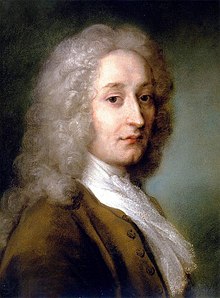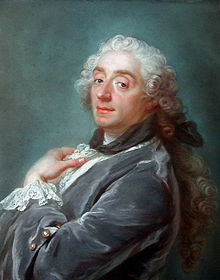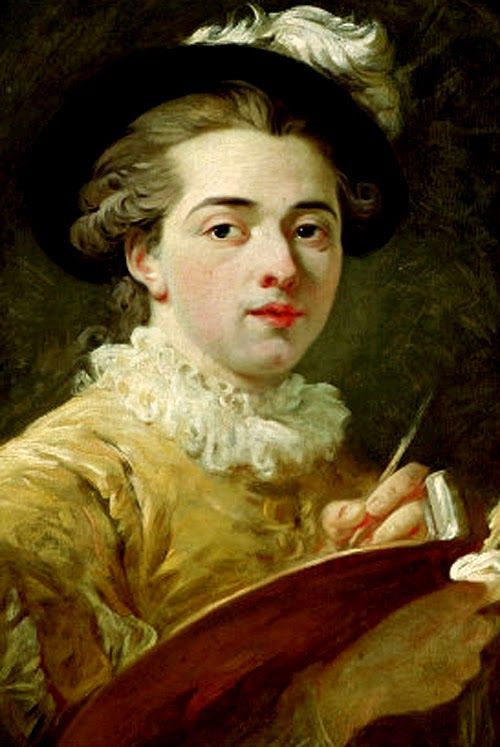
Rosalba Carriera, c.1721
Jean-Antoine Watteau
Jean-Antoine Watteau (October 10, 1684 - July 18, 1721) was a French painter whose brief career spurred the revival of interest in colour and movement (in the tradition of Correggio and Rubens), and revitalized the waning Baroque idiom, which eventually became known as Rococo. He is credited with inventing the genre of fêtes galantes: scenes of bucolic and idyllic charm, suffused with an air of theatricality. Some of his best known subjects were drawn from the world of Italian comedy and ballet.

Gustaf Lundberg, c.1741
François Boucher
François Boucher (September 29, 1703 - May 30, 1770) was a French painter, a proponent of Rococo taste, known for his idyllic and voluptuous paintings on classical themes, decorative allegories representing the arts or pastoral occupations, and intended as a sort of two-dimensional furniture. He also painted several portraits of his illustrious patroness, Madame de Pompadour.

Jean-Honoré Fragonard, c.1760
Jean-Honoré Fragonard
Embodying the freedom and curiosity of the French Enlightenment, Jean Honoré Fragonard (1732–1806) developed an exuberant and fluid manner as a painter, draftsman, and printmaker. Prolific and inventive, he abandoned early on the conventional career path dictated by the hierarchical structure of the Royal Academy, working largely for private patrons. His work constitutes a further elaboration of the Rococo idiom established by Antoine Watteau and François Boucher, a manner perfectly suited to his subjects, which favored the playful, the erotic, and the joys of domesticity.